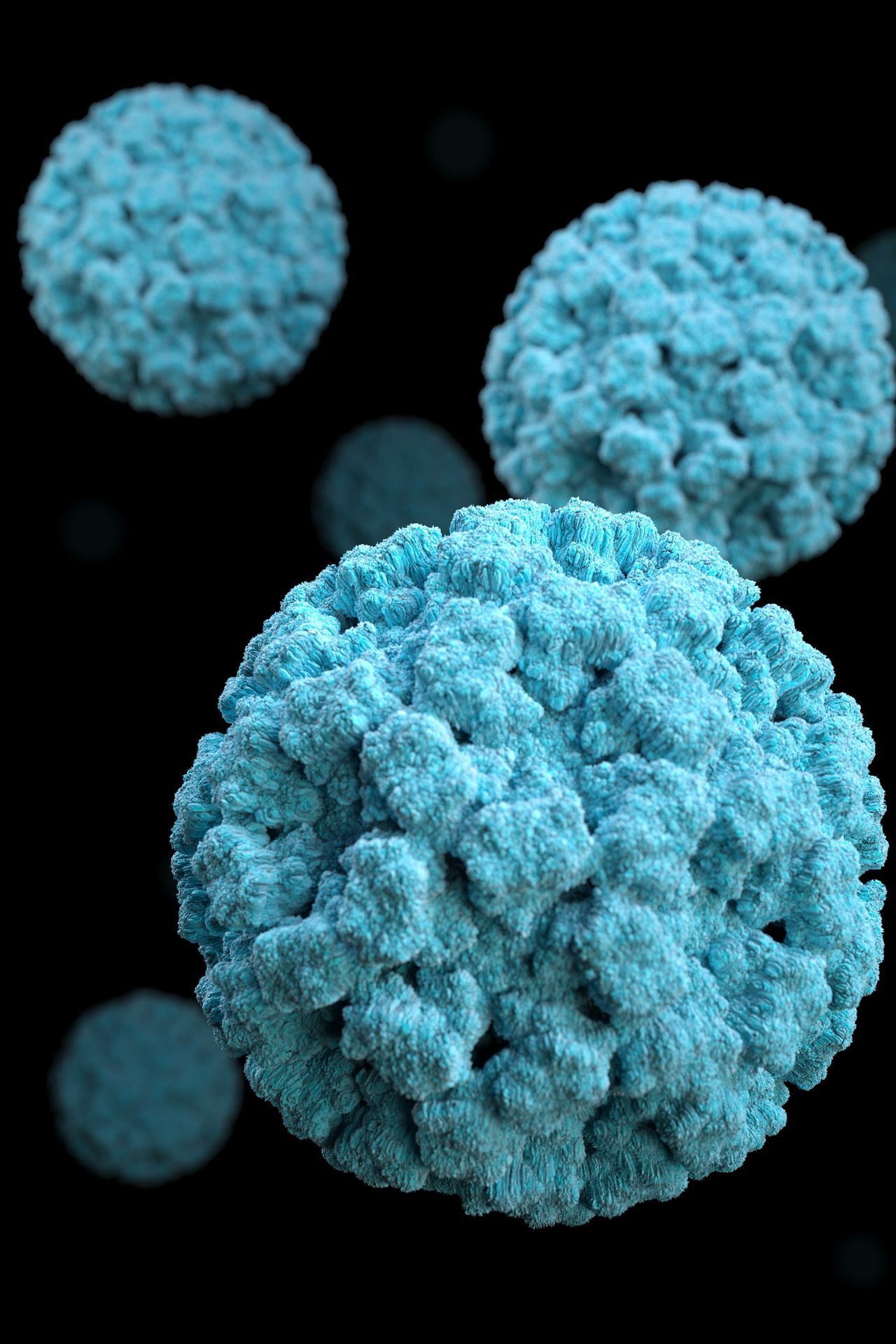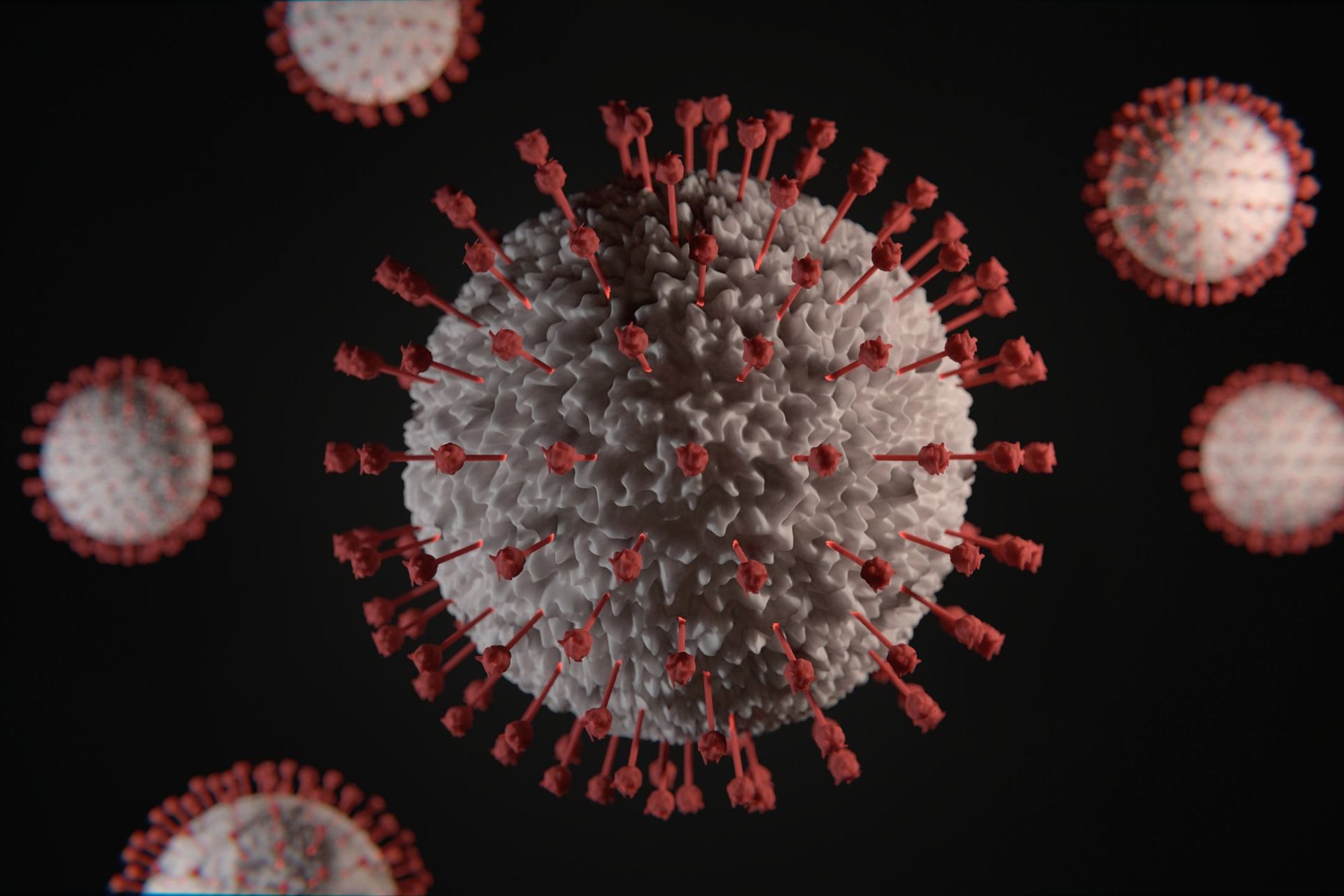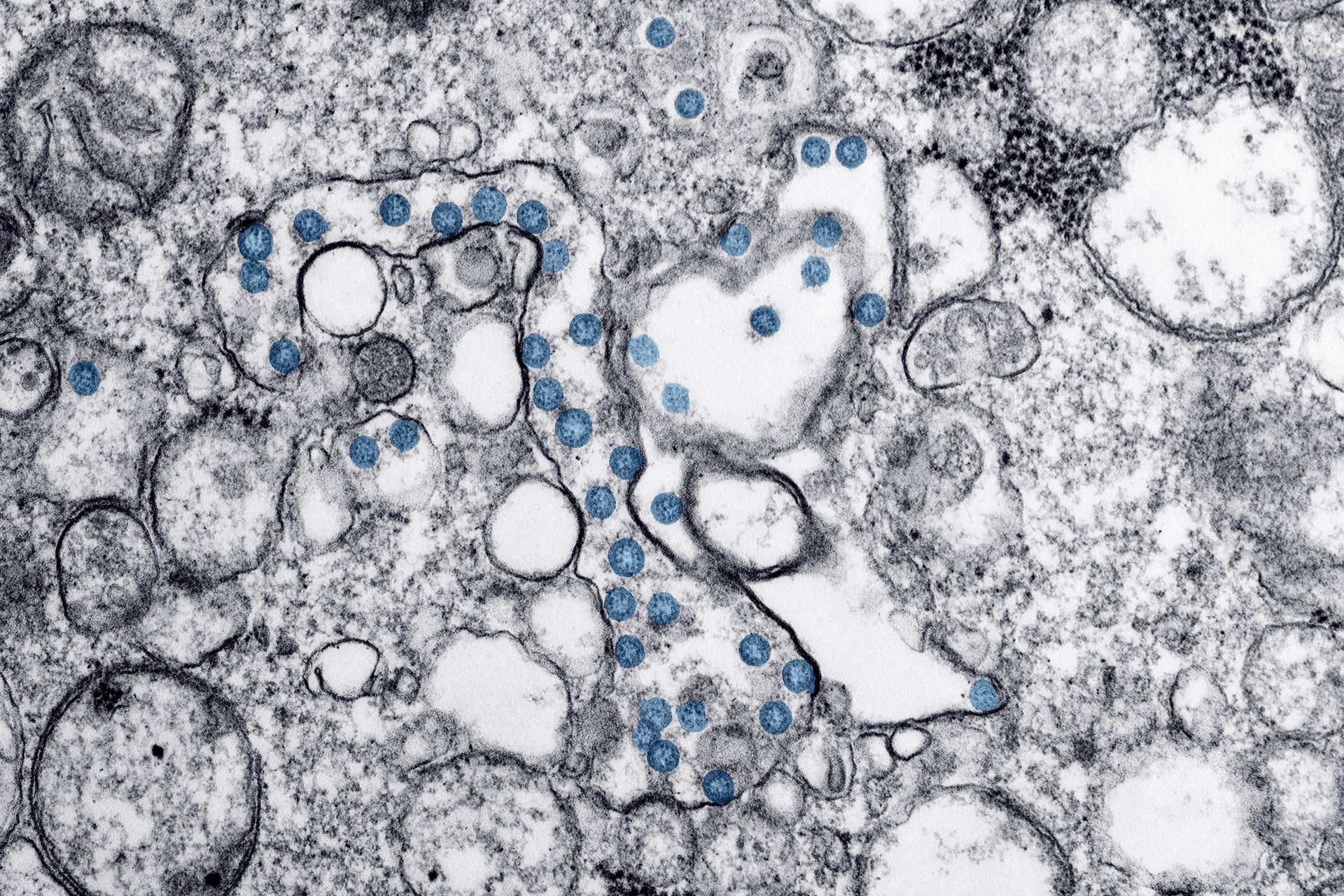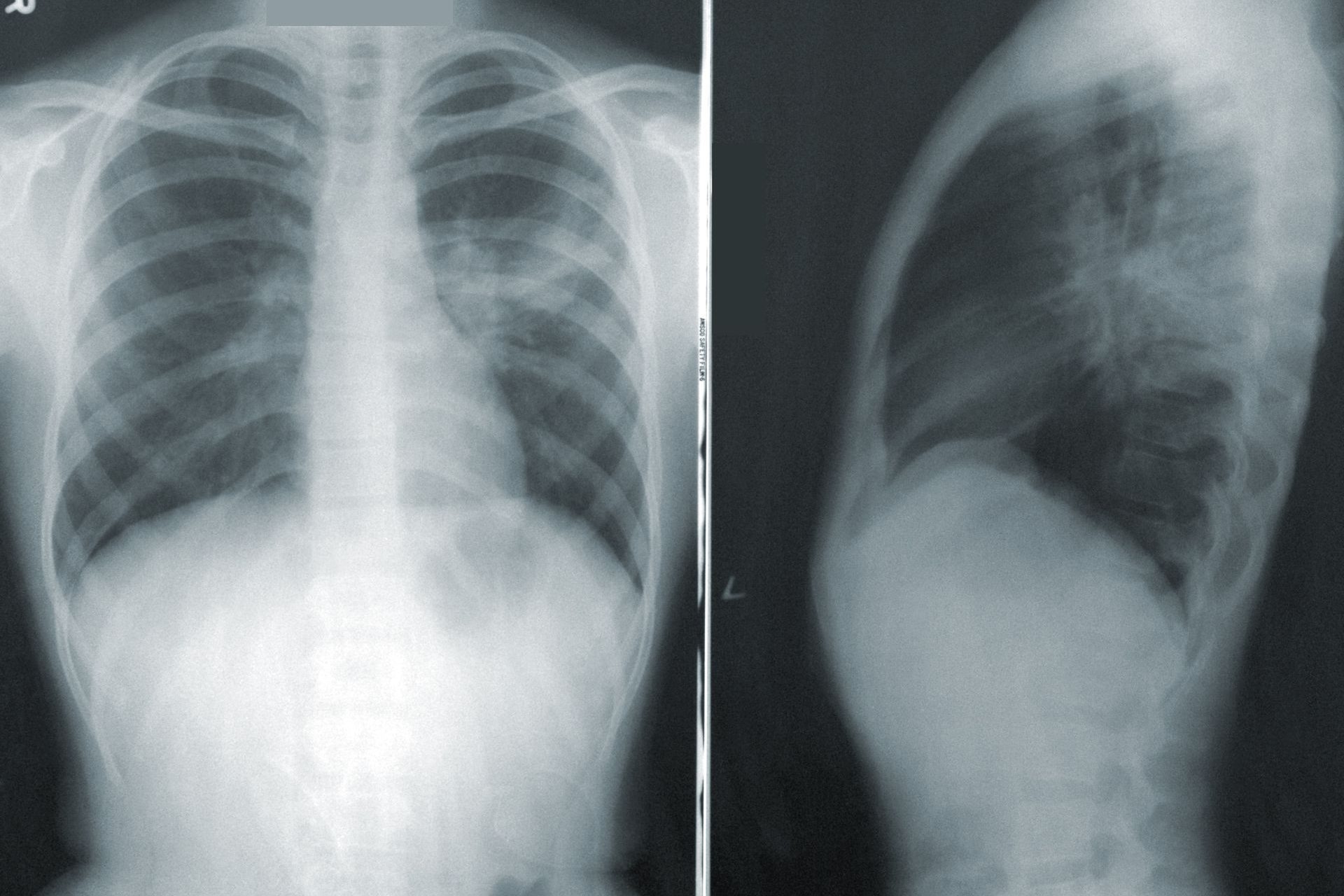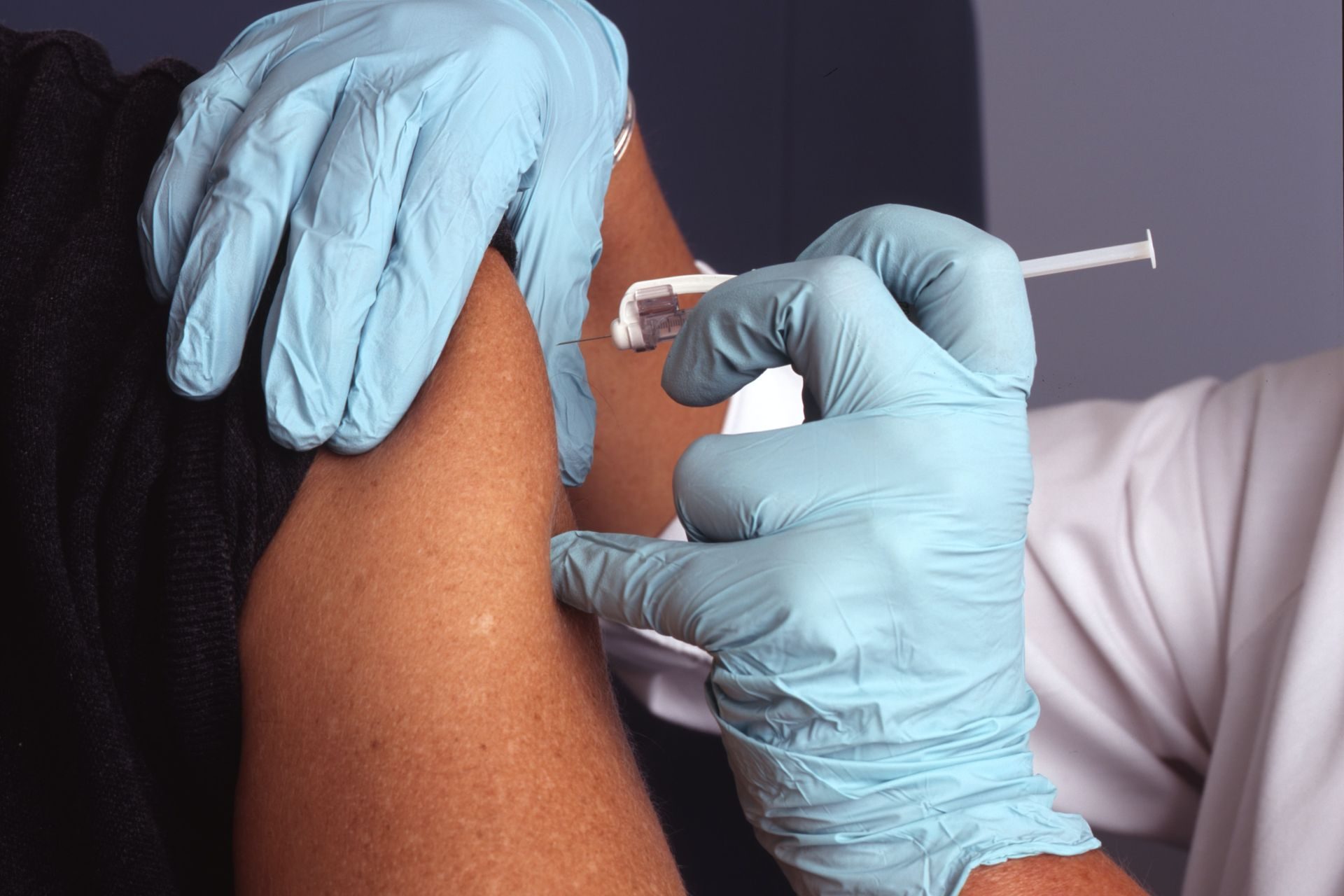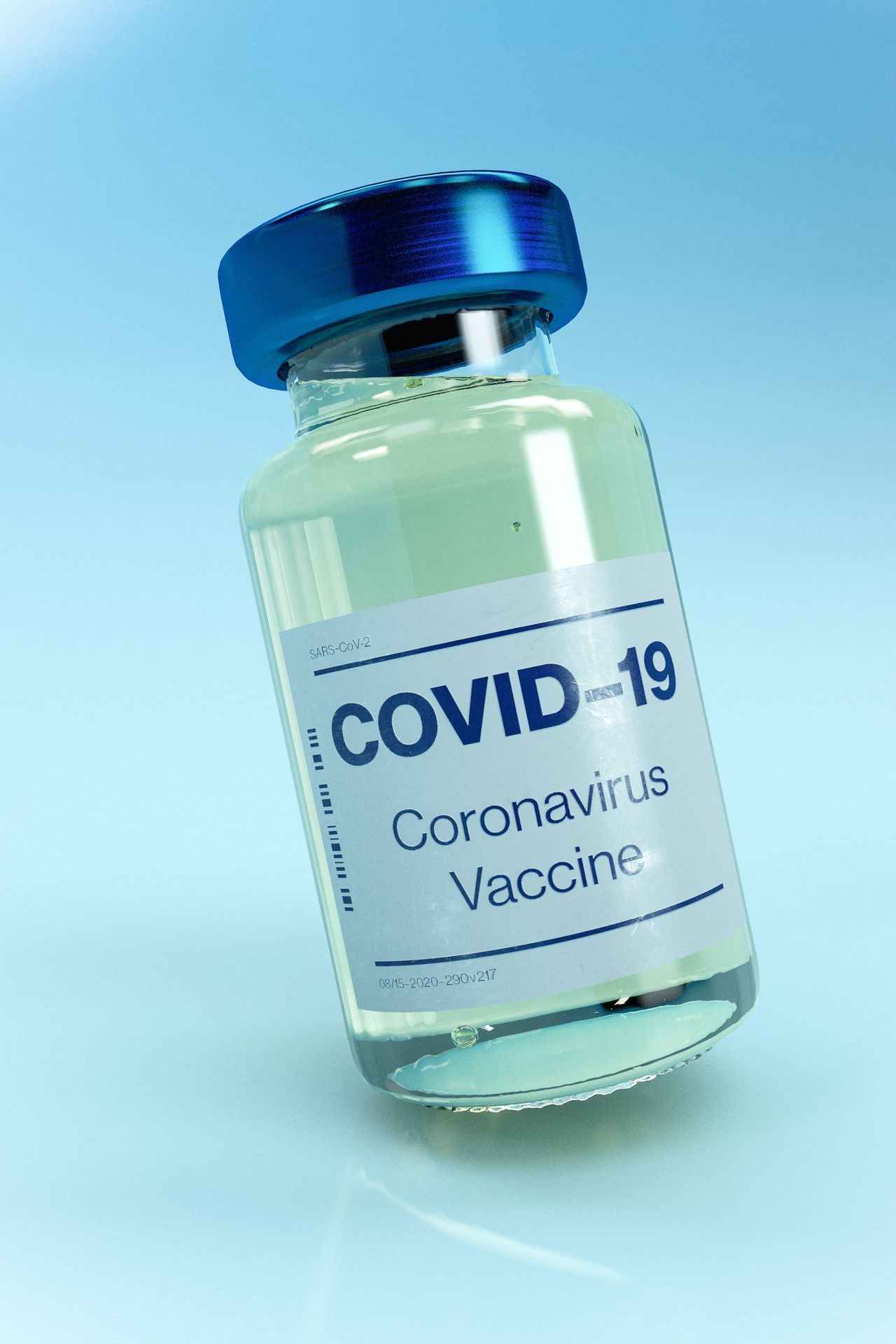Everything you need to know about Pirola, the new Covid-19 Omicron sub-variant
The end of summer 2023 is marked by the great return of Covid-19, with the emergence of new sub-variants and the increase in the number of cases and hospitalizations.
According to the media outlet VOX, there has been a steady increase in Covid-19 hospitalizations in the United States since the summer. Numbers have increased from "a low of about 6,000 a week in early July to about 17,000 a week" in September.
How can we explain this resurgence? At the moment, several sub-variants are in circulation: XBB.1.5 (or “Kraken”), XBB.1.16 (“Arcturus”) and EG.5.1 (“Eris”).
But a new variant of Covid-19 appeared at the end of the summer: BA.2.86, a sub-variant of Omicron nicknamed “Pirola” by scientists.
@CDC/Unsplash
Unlike others which are already classified as variants of concern or of interest, Pirola remains under investigation at this stage.
@Martin Sanchez / Unsplash
This new sub-variant was first detected in July in Denmark, before being classified as a VUM by the World Health Organization on August 17.
@Ava Coploff / Unsplash
As of August 31 the BA.2.86 variant has been detected in Denmark, Israel, Canada, Sweden, France, the UK, and the US. It first appeared in the US in August.
As of 30 August, the “Pirola” variant has been identified in at least four states - New York, Virginia, Ohio, and Michigan.
@Markus Winkler / Unsplash
Concretely, BA.2.86 comes from Omicron's BA.2 sub-variant, which had propagated strongly in the winter of 2022 before disappearing.
@Liza Poor / Unsplash
In total, more than 1,000 sub-variants of Omicron, a variant that itself appeared at the end of 2021, have already been recorded since the start of the pandemic, according to data cited by 'Slate'.
@Viktor Forgacs / Unsplash
How could this descendant of an old sub-variant appear? This could be a mutation in an individual who carried BA.2 chronically.
@CDC/Unsplash
But this sub-variant could also come from a retro-zoonosis, a mutation in an animal contaminated by a human, and which could in turn contaminate humans.
@CDC/Unsplash
The main concerns about Pirola come from the fact that it has more than 30 mutations on the Spike protein compared to the original Wuhan virus, raising fears about the immunity acquired by the population thanks to vaccines.
@National Cancer Institute / Unsplash
In an article published in the Journal of Medical Virology, Italian epidemiologist Massimo Ciccozzi said the numerous mutations "could allow the virus to evade the immune response."
@Daniel Schludi / Unsplash
However, the new sub-variant appears to have fairly limited infectious power, and immune escape appears weak, based on initial assessments.
@National Cancer Institute / Unsplash
Furthermore, infected people present mild and not atypical symptoms at the moment. But the weakness of the samples does not allow definitive conclusions to be drawn at this stage.
@Branimir Balogovic / Unsplash
According to an analysis by Public Health France, Pirola's symptoms "resemble those of the flu with a fever of 38° C for a few days, a severe cold and headaches." And the cases noted are mainly asymptomatic.
S&B Vonlanthen / Unsplash
As always when faced with Covid, don't forget to protect yourself and others by wearing a mask if you have symptoms, and by getting a booster vaccine if you are affected.
@Nick Fewings / Unsplash
More for you
Top Stories






